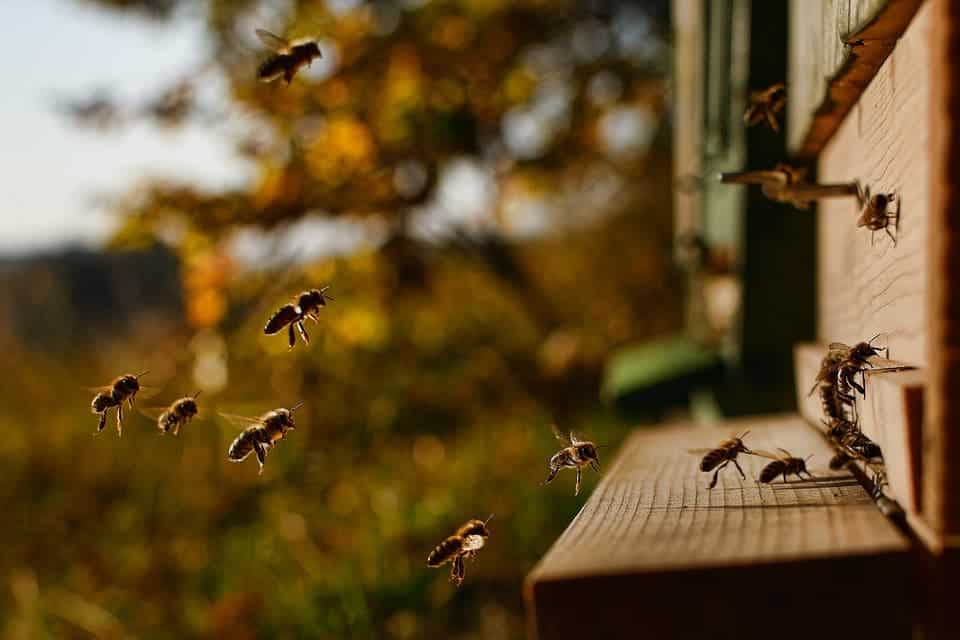There are now 16% fewer honey bee colonies than in the winter of 2017-18, reports an international team of researchers led by the University of Strathclyde.

The study was based on voluntarily submitted information from 25,363 beekeepers from 33 countries in Europe — including the four nations of the UK — along with Algeria, Israel, and Mexico. Out of the 544,879 colonies these beekeepers managed, 89,124 were lost over the winter of 2017-18. The main causes of colony loss were weather, queen-related issues, and natural disasters.
Losses weren’t equally-distributed across the globe. Portugal, Northern Ireland, Italy, and England experienced losses above 25%, while Belarus, Israel, and Serbia saw loss rates under 10%. Countries including Germany, Sweden, and Greece experienced significant variations in the local rates of bee colony loss, the team explains.
Losing bees
“Loss of honey bee colonies is a highly complex issue. It tends to be influenced less by overall climate than by specific weather patterns or a natural disaster affecting the colony,” says Dr Alison Gray, a Lecturer in Strathclyde’s Department of Mathematics & Statistics, and lead author of the study.
“We observe colonies in winter but what happens to the bees then can be partly determined by the conditions of the previous summer.”
Bee colonies declined in number by 16.4% across the studied area, the team reports. While this is lower than the loss rate of 2016-17 (20.9%), it was significantly higher than the 2015-16 loss rate of 12%. The study is the work of researchers in the colony loss monitoring group of the international honey bee research association COLOSS, based at the Institute of Bee Health at the University of Bern, Switzerland.
One finding that stands out from similar studies of previous years is that beekeepers who moved their colonies during the foraging season — giving their bees access to new sources of pollen — reported fewer losses than those who didn’t move around. This finding goes against the grain of previous research. Overall, the team adds, smaller-scale beekeeping operations saw more losses than large-scale ones.
“The impact of beekeepers migrating their colonies would be expected to be partly dependent on the distance traveled and the reasons for migration; this would be worth further investigation,” Dr Gray explains.
“Many are also lost when there are problems with a colony’s queen — for example, if she goes missing or is not laying the fertilised eggs which go on to become worker bees. Most colonies are also under attack from varroa mites, a parasitic mite.”
The study focused on six sources of forage (the plants bees visit to collect nectar and pollen) in six categories: orchards; rapeseed; maize; sunflower; heather, and autumn forage crops. These were potentially useful food sources for bees, the team explains, and they could definitely help a colony out. However, they add that by extending the active and brood-rearing season of the bees, forage which was available late in the season could also extend the reproductive cycle for varroa mites, weakening the bee colonies and making winter losses more likely.
The paper “Loss rates of honey bee colonies during winter 2017/18 in 36 countries participating in the COLOSS survey, including effects of forage sources” has been published in the journal Journal of Apicultural Research.


